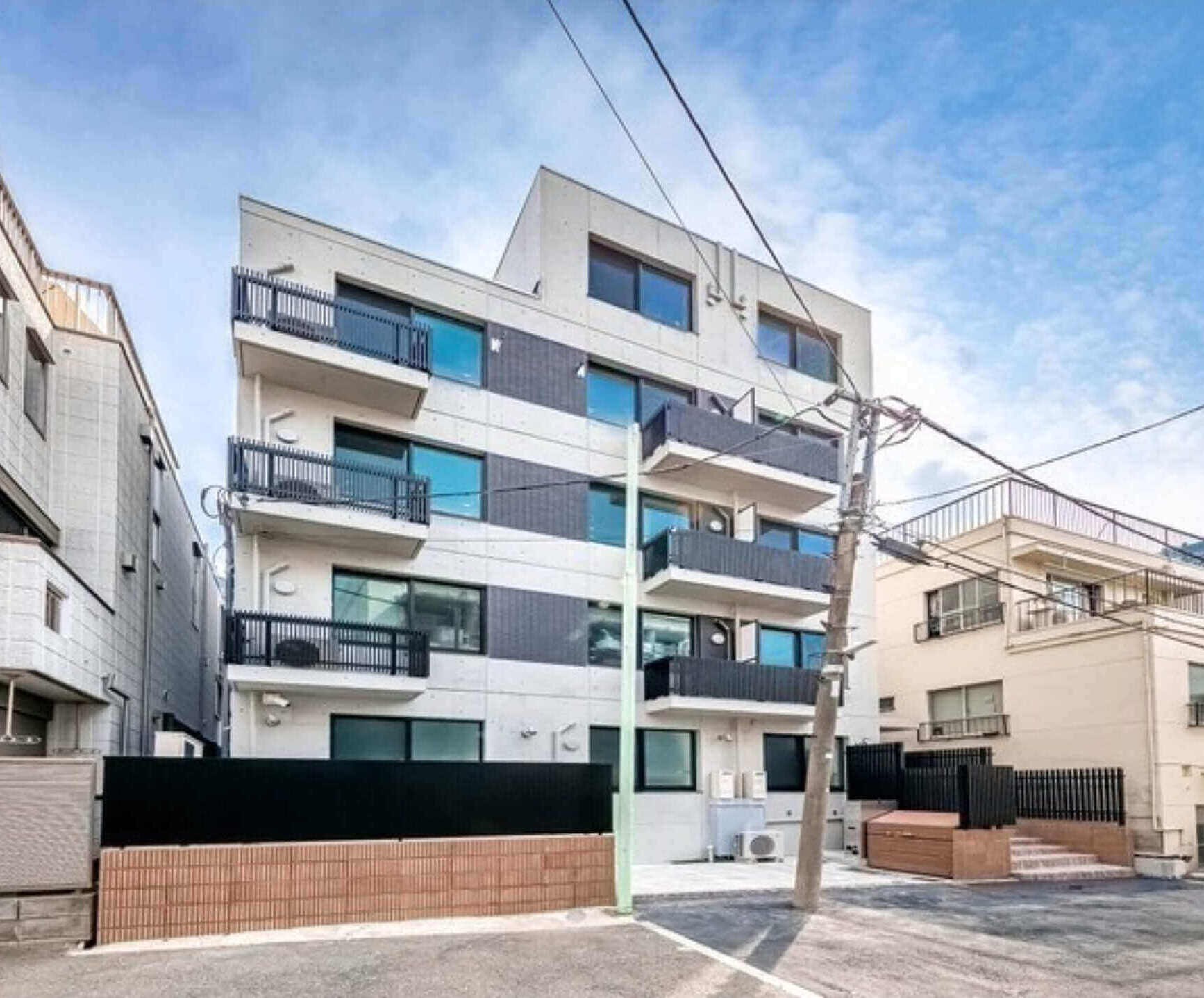Residential in Tokyo
A mega market with high liquidity
Recently, interest in real estate investments in Japan has increased, especially in the residential sector. In particular, the Tokyo metropolitan region offers residential investment opportunities for institutional investors.
Japan currently has a worldwide unique position. Compared to other industrial nations, Japan has largely avoided high inflation. The Bank of Japan maintains its’ QQE, not threaten the economic upswing after the Corona recession. But low-interest rates and economic growth are not the only factors that make the Japanese real estate investment market so attractive.

Structural growth in the housing market
The Corona pandemic, for example, has caused the demand for living space per capita to rise significantly – much more than for example in Europe and North America. The reason is simple: Japanese families traditionally live in fairly small flats, which often do not offer space to work (quietly). The average flat size in Tokyo is only about 66 square metres, with sleeping and living combined in one room as a standard. The trend to work from home more is a reason for many Japanese to look for a larger flat offering a floor plan that is more in line with the requirements of new living and working environments.
In addition, the Japanese residential property market presents structural characteristics that make it attractive for institutional investors. This counts especially for the capital region: With 36 million inhabitants, the Tokyo metropolitan area has almost half as many inhabitants as Germany. The region generates more gross value added than countries such as Spain, Canada, or Australia. The Tokyo metropolitan area is home to 34 of the world's top-selling companies, which comprise the Fortune Global 500 index. Yet, the region is highly diversified – 99% of all companies there are small and medium-sized. This structure offers investors a fair variety of investment cases.
The continuing net influx in the coming years should lead to further increases in rental levels – especially as Tokyo has a high rental ratio of 55% (EU: 30%). In addition, the Japanese rental market offers a high degree of social security with a reduced risk of rent defaults due to the high-income level of tenants and a strong social security system. Plus: Japanese leases normally requires for rent default insurance, that has to be paid by the tenant. If the tenant gets into financial difficulties, this takes effect.
One mega-city – many investment options
The metropolitan region is home to numerous cities and districts, all of them offering a variety of different opportunity profiles. Outside of Tokyo’s 23 central wards, there are several independent economic centres, such as the city of Yokohama, which alone has a population as large as that of Berlin. Some of these centres are experiencing a net influx from the central area of Tokyo. New urban neighbourhoods are being developed on a large scale, especially at some of Tokyo’s main rail hubs, creating new housing and new jobs.
Tokyo is a mega-market, offering numerous opportunities for individual investment strategies. Stability and independence make Japan’s capital interesting, especially for diversification reasons. It provides an attractive risk-reward profile based on stable rental development in combination with a low fluctuation yield development. Therefore, it is very much likely that more international capital will flow into the Tokyo residential property market in the coming months and years.

Solid market - investible stock - favourable funding – attractive returns
All in all, the Japanese multifamily residential market presents a compelling investment class. Regarding JLL, the multifamily sector in Japan is the largest in Asia Pacific today by transaction volume, and it is expected to account for 85% of the available multifamily stock in Asia Pacific in 2023.
Given the non-discretionary nature of the residential market, the sector offers superior downside risk protection. Notwithstanding yield compression, multifamily yields stand above the office and logistics yields and offer wide spreads to benchmark yields and financing costs. Favourable labour market conditions will continue to support the demand for rental housing. International investors can also take advantage of the weaker Yen coupled with low-interest rates to generate solid levered returns.
Press contact
Andreas Menke
Phone: +49 89 550 6989 - 00
E-Mail: press@am-alpha.com

